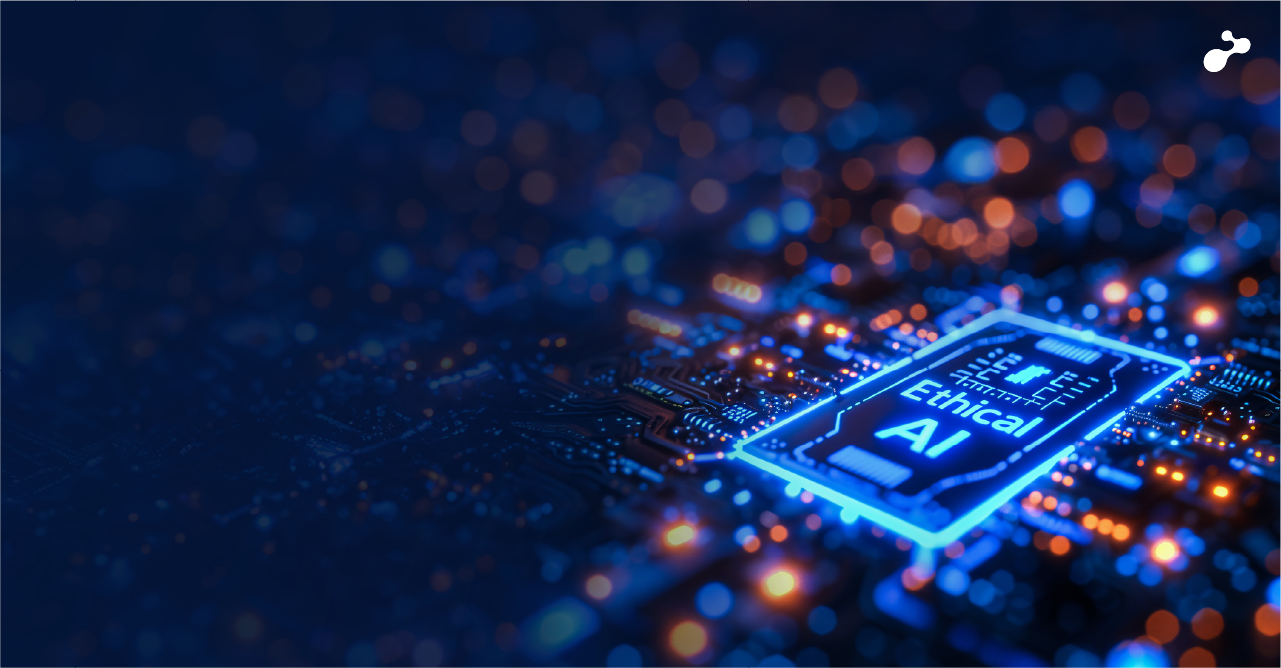Today, as enterprises stand at the precipice of a new era defined by the convergence of technology and data-driven insights, advanced data and analytics become more accessible to organizations of all sizes. The advent of new and pervasive data architectures, such as kappa for real-time data analysis, has revolutionized how data is generated, processed, analyzed, and visualized. Under current circumstances, leaders worldwide are looking at ways to modernize their enterprises by leveraging data-driven insights. However, the emphasis on data-driven enterprise modernization has shifted from mere cost reduction and technology updates to a more strategic renewal aimed at achieving specific business objectives.
Transitioning to a data-centric, modern enterprise necessitates comprehensive shifts in culture, organization, technology, and methodology, all closely attuned to business objectives. Following are some of the key steps needed to ensure a smooth migration into a data-driven, modern enterprise.
- Establishing a Data Strategy: Crafting a data strategy is crucial because it provides a clear roadmap for leveraging data to drive decision-making, optimize operations, and gain competitive advantages. While smaller organizations often overlook the need for a centralized data function, larger enterprises are seen to benefit from a Chief Data Officer (CDO) to guide them in the creation of a data strategy. It ensures the effective management, integration, and utilization of data assets while aligning data initiatives with business objectives by ensuring collaboration between business and technology leaders.
- Decentralization of Data: To implement data-driven initiatives, it's essential to decentralize data ownership while providing technological support and controls to data owners. Ensuring collaboration between your enterprise’s CDO, data architects, data engineers, and other centers of excellence, can ensure that data is leveraged effectively across the enterprise. Additionally, transforming the CDO’s role from cost management to revenue generation can help monetize data services and create new revenue streams, driving data-driven enterprise modernization. This holistic approach not only enhances operational efficiency but also drives innovation and supports informed decision-making across the enterprise.
- Transitioning from Traditional Data Architectures: Traditional monolithic architectures and specialized workforce structures are giving way to more decentralized and collaborative approaches such as DataOps, MLOps, and data product development. This evolution emphasizes horizontal responsibilities and distributed ownership, with individual teams now tasked with building and managing their own data products. It ensures domain-centricity and maximizes insights, as each business unit takes ownership of the data they generate and expose it as a product, facilitating its lifecycle management for broader organizational use. Embracing modern data architectures such as Data Lakes and Data Hubs and accelerating cloud adoption, empowers organizations to enhance data processing speed and performance significantly.
- Ensuring Alignment between Business & IT Teams: Data is primarily defined and owned by business functions, and IT is the custodian of that data and owner of the systems that harbors the data. In navigating the landscape of data at scale, enterprises must conscientiously evaluate existing technological resources while engaging in deliberations to identify and agree upon potential enhancements between business and IT teams. The ensuing step involves devising a strategic blueprint delineating the utilization of data and analytics to realize the predetermined business objectives, thereby fostering synergy between technological capabilities and organizational goals.
- Leveraging Advanced Data Technology: Upgrading data technology and analytics involves implementing advanced tools and systems to enhance the speed and efficiency of data processing and analysis. This includes leveraging technologies such as AI/ML to streamline workflows and extract valuable insights from large datasets. Additionally, ensuring accessibility to sophisticated analytics tools for employees fosters a data-driven culture within the organization, empowering everyone to make informed decisions based on data-driven insights. This comprehensive approach not only improves operational efficiency but also enables better strategic decision-making across all levels of the organization.
Modernization, much like data, is highly specific to each enterprise. Modernizing your data landscape will eventually lead to the modernization of your enterprise. By doing so, you can enable your enterprise to break down silos, integrate diverse data sources, and create a unified, accessible data ecosystem. As we, as business leaders, lead this transformation, we must keep our sights set on the broader vision of what we can achieve with a modern, integrated enterprise. The future is data-driven, and with the right approach, we can stay ahead of the curve. e-Zest – An Accion Labs Company enables enterprises to become modern through “Data-as-a-Service” and “Analytics-as-a-Service” implementation. Connect with our experts to learn more about what can be achieved with data-driven enterprise modernization.







